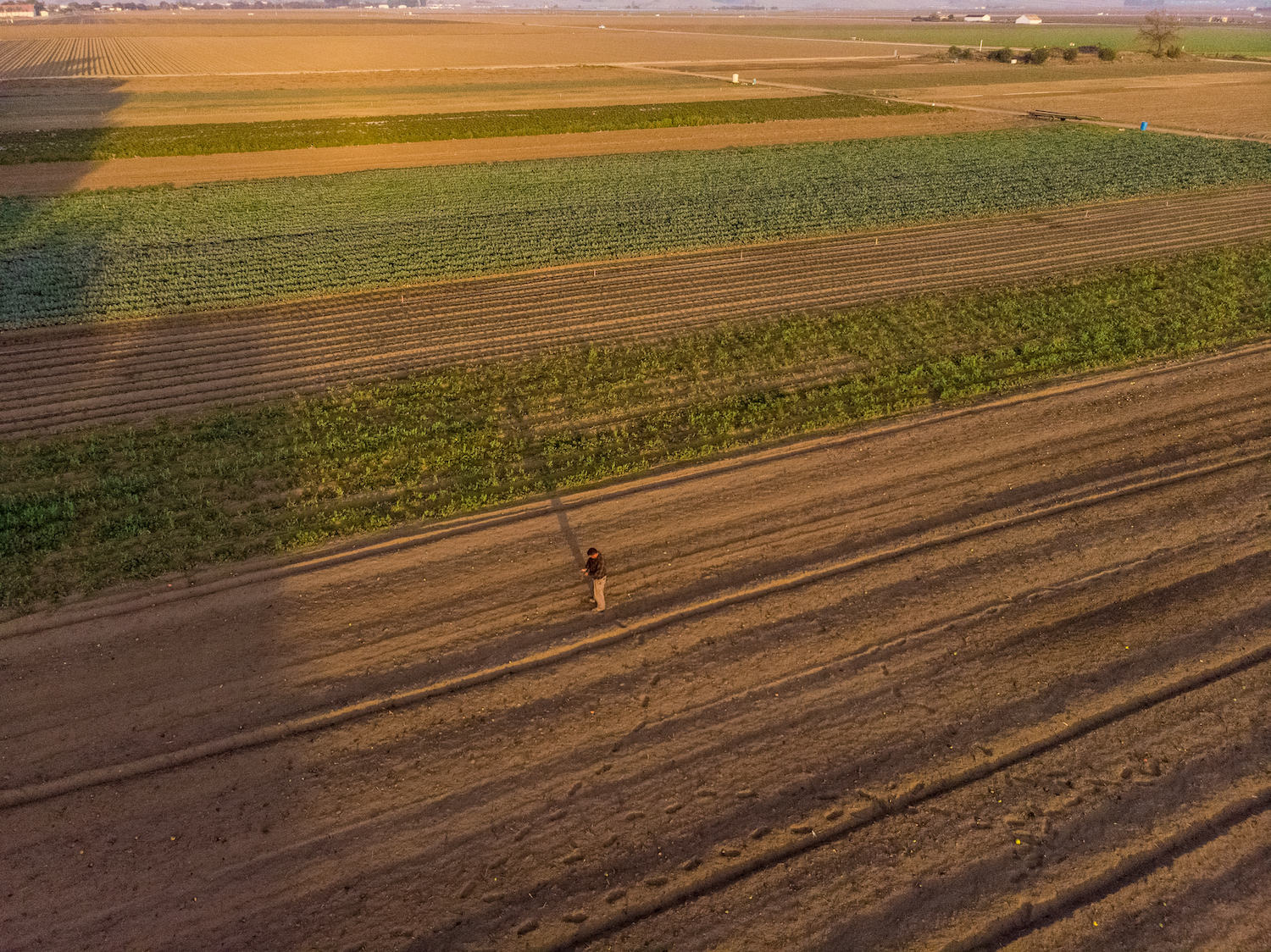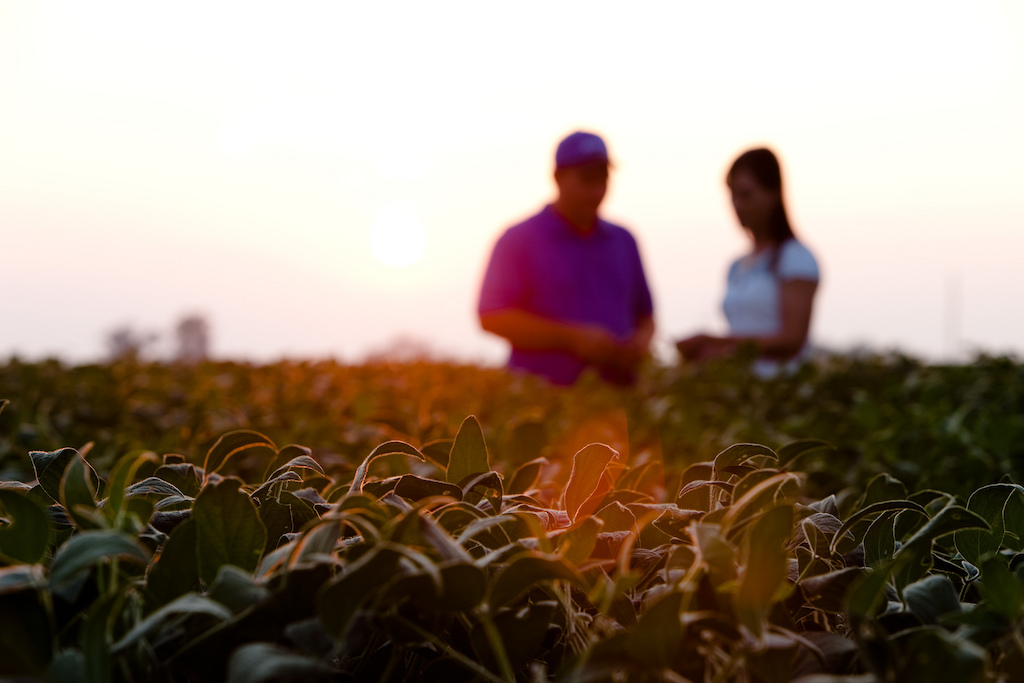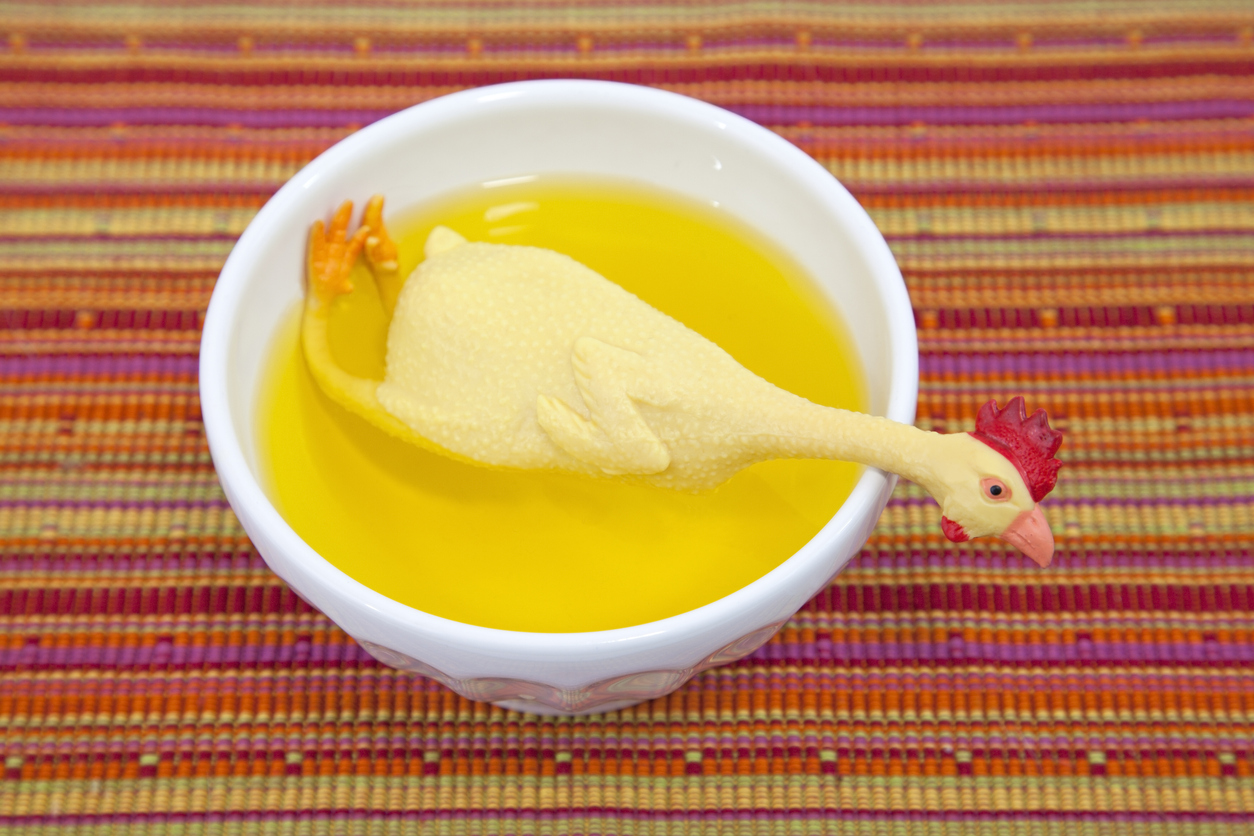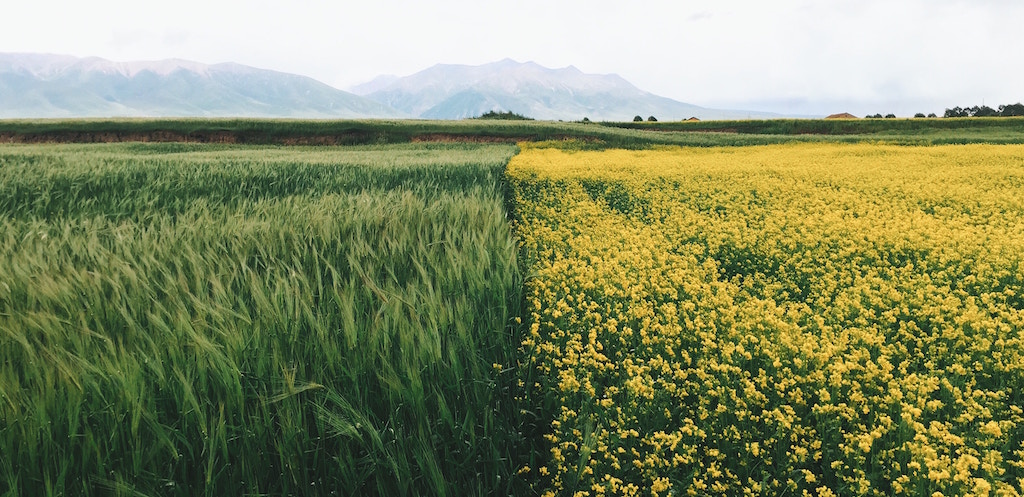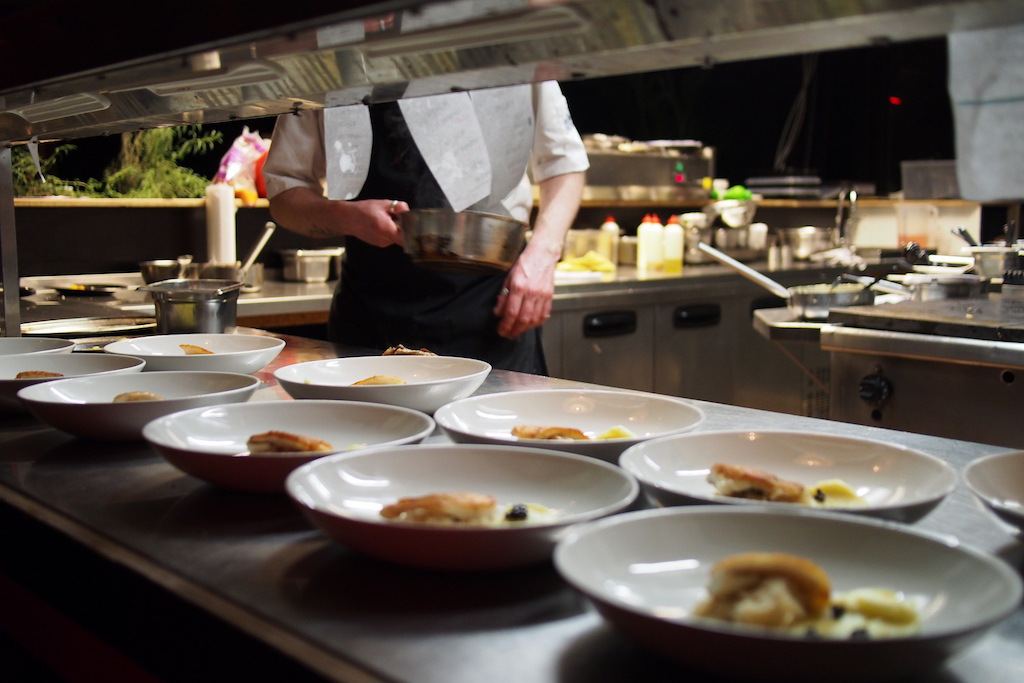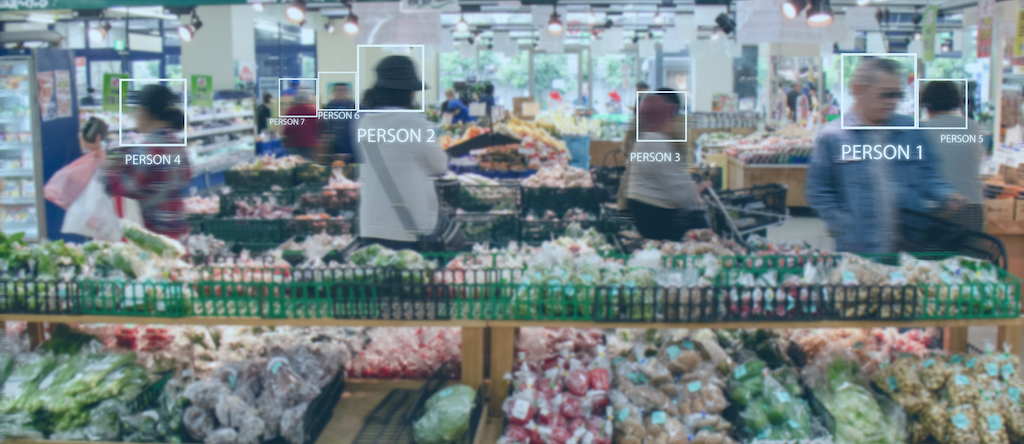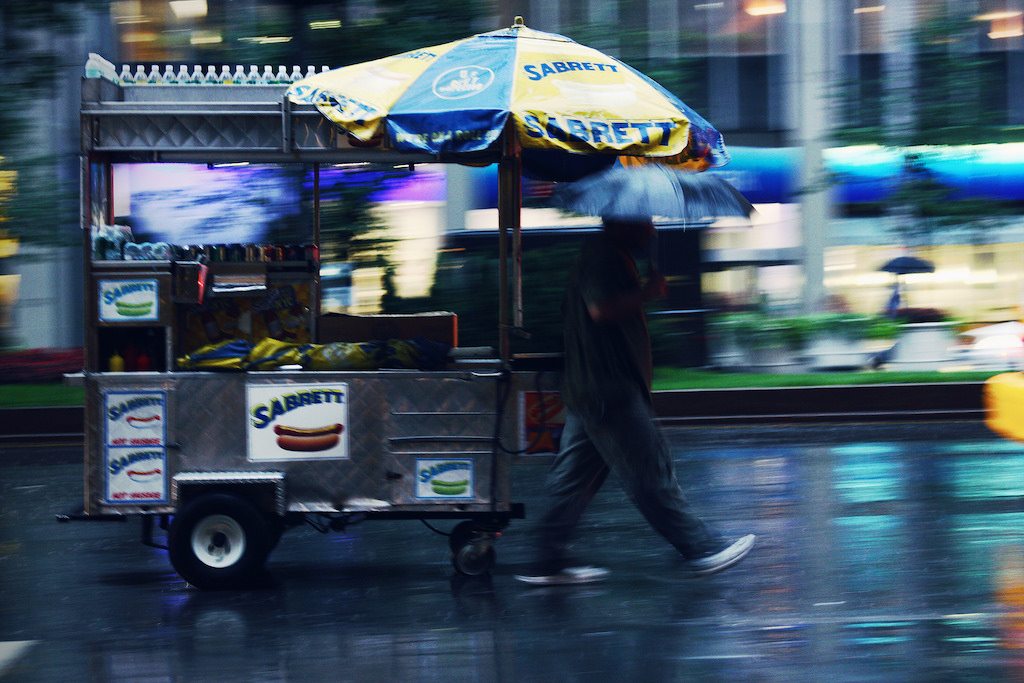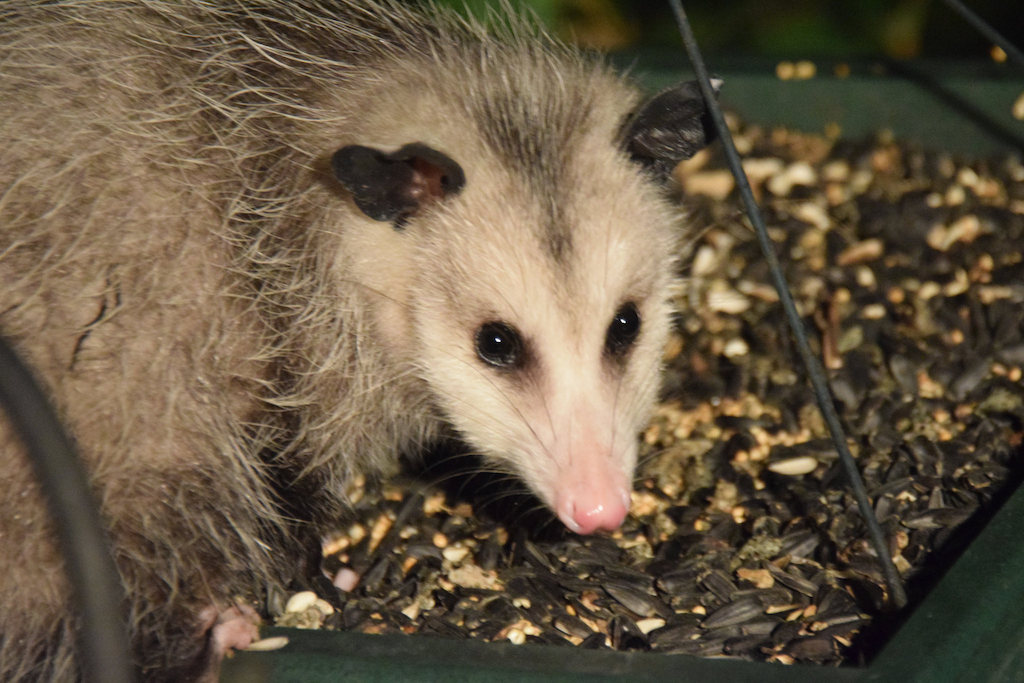Mike Cirone didn’t prune his apple trees as much as he usually does, this year, because an extended heat spell made him worried about sun damage on the fruit. There was “leaf scorching” on the outermost leaves, he said, so he left the trees bushy to shade the apples at his farm in San Luis Obispo, five miles from the central California coast.
An hour inland, in Paso Robles, Barbara Spencer and her husband, Bill, got a different kind of surprise at Windrose Farm—early, harsh frosts, down to 16 to 18 degrees. One frost brought their greens harvest to a “screeching halt,” says Spencer, because they hadn’t covered the hoop houses with protective plastic in time.
Fluctuations in temperature and precipitation have even the most experienced farmers scrambling
Statewide, California looked like one big bonfire last month, though so far 2019 has been less fiery than the previous two years. At one point there were 16 active fires, amid talk of global warming and its literal costs, with damages predicted to top $25 billion by the time the current fire season ends. The by-now-familiar calls to action were large-scale as well: eat less meat, fly less often, get an electric car, abandon plastic; turn back the climate crisis with wholesale, personal change today.
Daily life is more complicated for small farmers, as fluctuations in temperature and precipitation have even the most experienced farmers scrambling. There are no tidy answers for them, because the questions keep changing. When asked to describe the state’s weather these days, Cirone, Spencer, and Max Dornbush, produce buyer for Los Angeles’ Gjusta restaurant group, all choose the same word: “Unpredictable.”
Cirone, who farms 40 acres, talks about a “pendulum swing,” as the weather careens back and forth and farmers adapt on the fly. “Climate change is identified by extremes,” he says. “Ultimately, it will start to slow down, and then even out—and where it slows down will be the new normal.”
It makes for confusion all the way to the plate, according to Dornbush, because a peach he expects to see in August might now show up in July—or September—depending on that swing.
And growers don’t know if a given season is an indicator that things are settling down or an anomaly. This was a great year for apples, with more rain than Cirone’s seen in a decade; he happily refers to the almost two inches the region got in May as “liquid gold.” The overall weather pattern resembled the good old days, “more coastal fog, cooler,” he says, “and a lot of people who’d been around commented, ‘This is how it used to be,’ but we’ll have to see if this is an outlier.”
He fears it is. What he’s seen more often in the past few years are higher temperatures that last longer—and lower temperatures that aren’t low enough to guarantee the “chill time” apples need: 450 hours at less than 45 degrees. After over 34 years in See Canyon, the 60-year-old Cirone has started to think that what used to be the right climate for apples isn’t, anymore.
“Our climate is shifting north. San Luis Obispo is more like Ventura than what it used to be here,” he says, referring to a city 120 miles to the southeast. His mother got her first air conditioner this summer for a house she’s lived in since the 1960s.
Cold is equally unreliable. Windrose Farm, with 22 acres and 12 hoop houses, sits in a hollow where cold air sinks and then lingers, technically a temperate zone, and Spencer is precise about when frost season is supposed to be: End of October to mid-April. This year, the first frost came the last week of September. If hoop houses aren’t covered, leafy greens freeze and there’s no harvest until the plants recover.
“We grow greens year-round,” she says, “and the plants don’t die, but the leaves get frozen and are asleep for a while. Not harvestable, but not dead.” She had nothing to sell at the Santa Monica Farmers Market the first Wednesday in November, and the apologetic handwritten sign promising greens the following week was, she admits, optimistic. It would turn out to be two weeks.
“We accept there’ll be surprises,” she says, “but this one was huge. Frost starting three-plus weeks before late October is really strange. It’s way more complicated than heat alone. With climate change, you can’t just think in terms of heat. It’s every possible combination of heat and precipitation. It’s length of hot and cold spells, and degree.”
Then again, there was good news. The same cold snap that froze her greens made her apple crop very pleased.
There are 16 distinct climate zones in California, and “micros inside of micros,” says Cirone. He has apple trees at the mouth of the canyon, where they catch a breeze, and more trees at the back of the canyon, where it’s warmer and less windy. Both locations face unexpected weather, each requiring solutions that might need further adjustment the following week.
“I don’t think we fully sense what’s going on,” says Cirone, though he does know one thing for sure: “Springs come earlier and falls, later, so the winter period, where the apples are dormant, is a lot shorter.” While Spencer worries it’s too cold too soon, Cirone is no longer sure it’s cold enough.
The weather hits eaters whether they shop to cook at home or go out to eat, because a fresh fig tart, for example, is available only if figs behave as expected. According to Dornbush, they don’t, much, anymore. To him, the new normal is up for grabs, no matter what produce he wants to buy; the seasonal calendar is a best-case scenario that collapses as soon as the weather misbehaves.
“Progress is less consistent,” he says, referring to when fruits ripen, “because the weather is less consistent. Five years ago I could tell you fairly definitively that there will be good figs July 15. But even since then, at the beginning of July I can’t tell you if we’re going to have a fig crostata on the menu or if it’ll be a peach crostata.”
Dornbush talks to farmers who used to know when specific varieties would ripen, and now know they could be off by weeks. “The last five to ten years have been wildly unpredictable,” he says. “The weather’s like a gyroscope. It’s spinning and then you touch it and there’s a little wobble that exacerbates itself over time, just because you touched it once. That’s what’s going on.”
What can a small farmer do? There are no definitive answers, since they can’t define a weather baseline. No reliable plan, only hunches based on years of experience, small strategic maneuvers, and watchful waiting, to see where and when the pendulum swings next.
Ironically, farmers like Cirone and Spencer have a small advantage over big commercial growers who specialize in particular crops. “Us diversified, organic farmers are used to being a little lighter on our feet,” says Spencer, who grows stone fruit, quince, tomatoes, winter squash, garlic, and leeks in addition to apples, greens, and herbs. If the weather makes trouble for one Windrose crop, she still has others to bring to farmers’ markets and sell to area restaurants. “Large-scale growers’ varieties won’t be viable at some point,” she says. “They won’t be able to keep growing them in the same area, and they’ll have to find other varieties to grow.”
But small farmers sit closer to the financial edge, so Cirone has initiated a three-pronged survival plan: He’s changed the balance of what he plants, protected his bottom line against natural disaster, and taken a cautious approach to growth.
“One thing I’ve done is increased my acreage on apricots and peaches, because they require less chill hours,” says Cirone, and so can tolerate those longer, higher-temperature heat spells. “And I’m carrying multi-peril farm insurance, which I can get because I grow multiple crops. It won’t fully save me, in the event of catastrophe, but it would help.”
He’s also more watchful about spending, even though he knows he has to keep the farm “viable and invest, like any small business.”
Some commercial growers use sprayable chemical protectants to shield their fruit. That’s one way to combat too much sun, but the products have to be washed off the apples before they’re sold. That requires a new piece of equipment, which Cirone isn’t inclined to buy, so he opts instead for less pruning as a cheaper, natural sunscreen. It just doesn’t feel like the right time to invest; better, he says, “to hedge my bets, fingers crossed.”
The stakes are high, statewide. Almost three-quarters of California’s 70,251 farms look like Cirone’s and Spencer’s, under 100 acres, run by farmers whose average age is 59.2. Cirone has been farming for almost 35 years; Spencer, for almost 25. Most of those years weren’t as disrupted—and disruptive—as they are now. Forget predicting the day-to-day demands the weather makes. On a bad day, Cirone can’t even predict his own future.
“Maybe I’ve just had a good run and it’s going to end,” says Cirone. “I just don’t know.”
